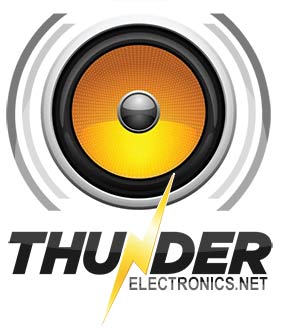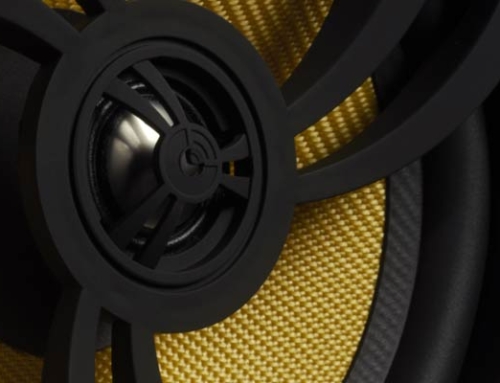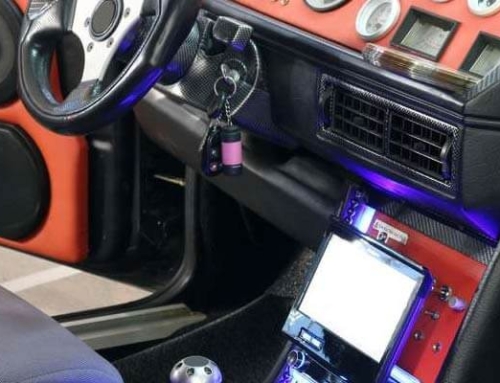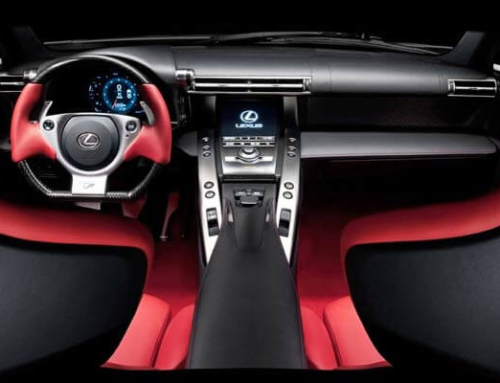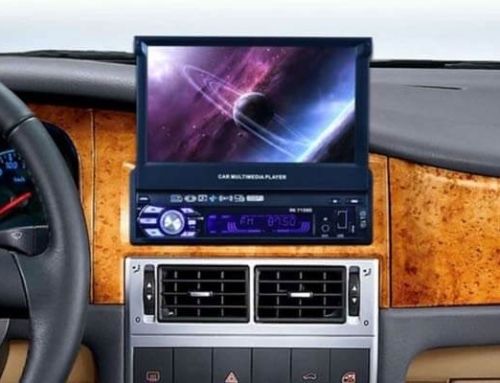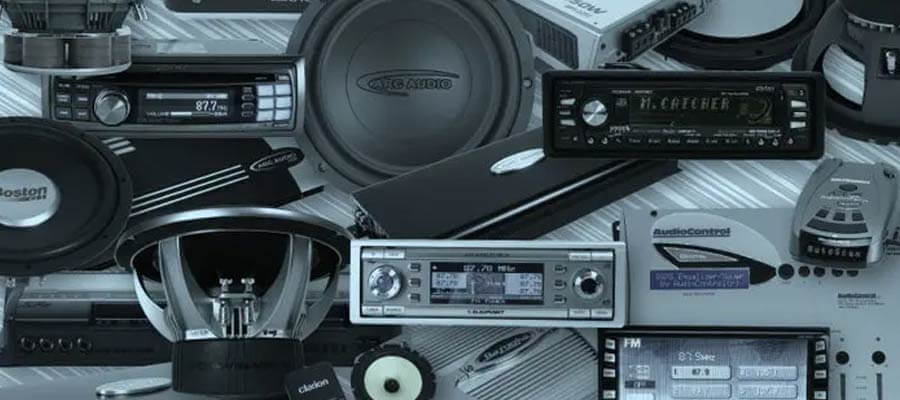
In the world of automotive customization, the car stereo system holds a special place, acting as the auditory gateway to a driver’s world. The factory-installed stereo units that come with most vehicles often leave enthusiasts yearning for more in terms of sound quality, features, and customization options. Enter the aftermarket car stereo – a realm where audio enthusiasts seek to elevate their driving experience to new heights. In this comprehensive exploration, we delve into the pros and cons of aftermarket car stereos, aiming to answer the age-old question Is an aftermarket car stereo worth it?
How Does Car Audio Evaluate?
To understand the value proposition of aftermarket car stereos, it’s crucial to trace the evolution of in-car audio systems. Early car radios were rudimentary and offered limited functionality. Over the decades, advancements in technology have transformed car audio systems into sophisticated entertainment hubs. However, the inherent limitations of factory-installed stereos often leave audiophiles wanting more. Manufacturers design factory stereos with cost efficiency and mass appeal in mind, which can compromise the overall audio quality. These systems are generally adequate for casual listeners, but for those with a discerning ear, the aftermarket industry beckons with promises of superior sound and customization.
What are the Pros of Upgrading to an Aftermarket Car Stereo?
1. Enhanced Audio Quality
One of the primary motivations for investing in an aftermarket car stereo is the significant improvement in audio quality. Aftermarket units often boast higher power outputs, superior signal processing, and better-quality components, resulting in clearer, more immersive sound. Audiophiles can appreciate the nuances of their favorite music with enhanced bass response, crisp highs, and a balanced midrange – an experience rarely achievable with factory stereos.
2. Customization Options
Aftermarket car stereos offer a level of customization that factory units can’t match. Users can choose from a variety of head unit designs, display styles, and button layouts to suit their preferences. Additionally, many aftermarket units support advanced audio tuning features, allowing users to fine-tune the sound profile according to their taste. This level of control empowers enthusiasts to create a personalized audio environment within their vehicles.
3. Compatibility with Advanced Features
Modern aftermarket car stereos come equipped with an array of advanced features that may be absent or limited in factory units. These features include Bluetooth connectivity, smartphone integration, touchscreen displays, and compatibility with various audio formats. Upgrading to an aftermarket stereo can bring your car’s audio system up to par with the latest technological advancements, enhancing convenience and entertainment on the road.
4. Upgradability and Future-Proofing
Unlike factory-installed stereos, aftermarket units are designed with upgradability in mind. Users can easily swap out individual components, such as speakers, amplifiers, and subwoofers, to further enhance their audio setup. This flexibility allows car audio enthusiasts to adapt to evolving technologies and maintain a cutting-edge system over time, providing a sense of future-proofing that factory systems often lack.
5. Increased Resale Value
While it may not be the primary motivation for upgrading a car stereo, an aftermarket audio system can contribute to increased resale value. For potential buyers who appreciate premium audio, a well-executed aftermarket setup can make a vehicle more appealing. The perceived value of a car with a high-quality aftermarket stereo may result in a faster sale and potentially a higher resale price.
What are the Cons of Upgrading to an Aftermarket Car Stereo?
1. Cost Considerations
Perhaps the most significant deterrent for many potential buyers is the cost associated with aftermarket car stereos. High-quality units, along with the necessary installation accessories and professional installation services, can incur a substantial expense. For budget-conscious consumers, the allure of enhanced audio quality may be weighed against the financial investment required.
2. Compatibility Challenges
Not all aftermarket car stereos seamlessly integrate with every vehicle. Compatibility issues can arise, requiring additional adapters, harnesses, or modifications to ensure a proper fit and functionality. The need for customization and modification can complicate the installation process, making it essential to research and choose a compatible aftermarket unit for your specific make and model.
3. Voiding Factory Warranty
Installing an aftermarket car stereo may void certain aspects of the factory warranty, depending on the manufacturer’s policies. This potential drawback should be carefully considered, especially for those with newer vehicles still under warranty. Some aftermarket manufacturers offer warranties of their own, but they may not cover the entire vehicle.
4. Professional Installation Challenges
While some enthusiasts may possess the skills to install an aftermarket car stereo themselves, many prefer professional installation to ensure a seamless integration with their vehicle’s electrical system. Professional installation services, however, come at an additional cost. Additionally, finding a reputable installer who understands the intricacies of your specific vehicle is crucial to avoid potential issues.
5. Learning Curve for Advanced Features
Aftermarket car stereos often come with advanced features and settings that may require a learning curve. For users who prefer a simple, plug-and-play experience, the extensive customization options and settings of aftermarket units may seem overwhelming. Patience and a willingness to explore the features are necessary to fully benefit from the capabilities of these systems.
Conclusion
In the pursuit of an enhanced driving experience, the decision to upgrade to an aftermarket car stereo involves a delicate balance of priorities, preferences, and budget considerations. While the cost can be a significant barrier, the potential gains in audio quality, customization, and advanced features are undeniable for those who prioritize a superior in-car audio experience. For audio enthusiasts who appreciate the nuances of their favorite music, podcasts, or audiobooks, an aftermarket car stereo represents an investment in the joy of driving. The ability to tailor the audio environment to personal preferences, coupled with the potential for future upgrades, makes the prospect of upgrading a factory stereo system an enticing one.
Ultimately, whether an aftermarket car stereo is worth it depends on the individual’s priorities and willingness to invest in an auditory journey that transcends the ordinary. For those who seek a symphony on wheels and value the transformative power of superior sound quality, the aftermarket car stereo may well be the key to unlocking a driving experience that resonates on a whole new frequency.
